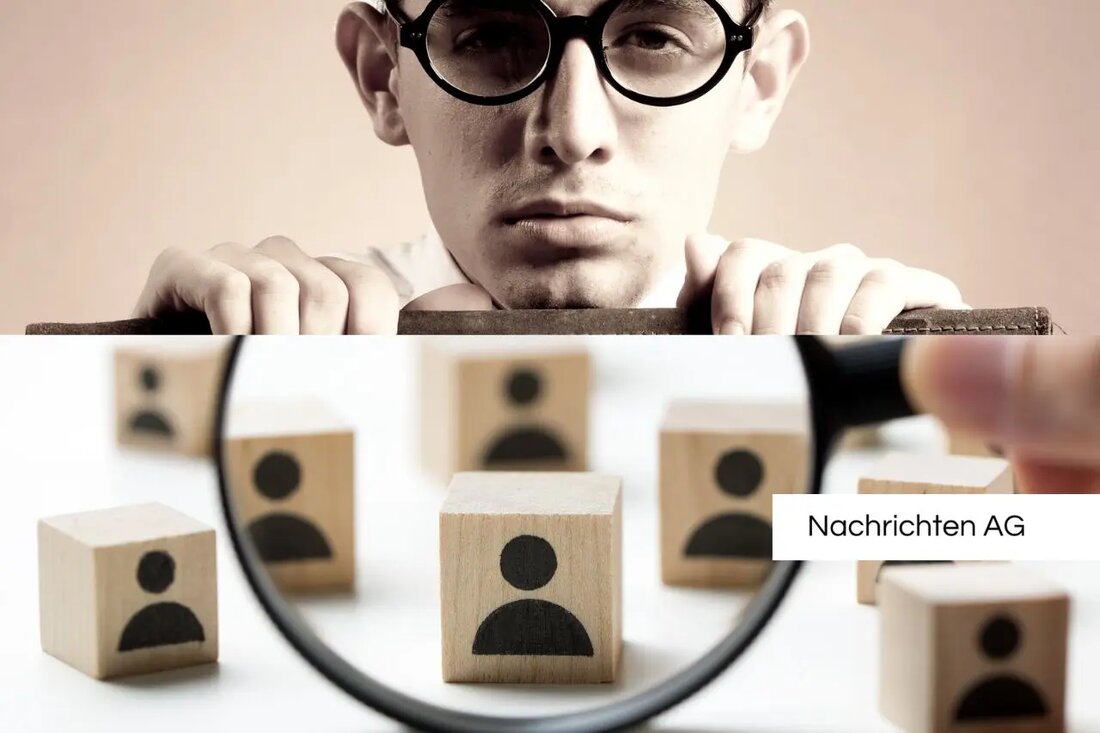Memory day in Darmstadt: Memories of Holocaust victims kept alive
Memory day in Darmstadt: Memories of Holocaust victims kept alive
On January 27, 2025, memorial events took place in Darmstadt and Mörfelden-Walldorf, which reminded of the horrors of the Holocaust and the forced labor at Frankfurt Airport. On this date, the liberation from Auschwitz through the Red Army marks an important milestone in Germany's memory culture 80 years ago. The Holocaust Memorial Day has been celebrated in Germany since 1996 to keep the memory of the victims alive and to sensitize future generations, such as Deutschlandfunk Kultur
In the Darmstadt State Theater, an impressive program was performed on Sunday evening, which included the song cycle "Letetters to Fred" by Bracha Bdil. This cycle tells the tragic history of the Herzberg family, the members of which were murdered in Auschwitz, while Fred Herzberg was lucky enough to be saved in England in 1939. The premiere took place in the presence of the composer and Joanne Herzberg, the daughter of Fred.
The meaning of commemoration
Mayor Hanno Benz (SPD) emphasized the enormous importance of the memorial day for the collective memory of society at the memorial event in the Centralstation. He emphasized that around 30 students from the Justus from Liebig School presented biographies of persecuted Jews. This school has a stressful story: in 1942/43 it was used by the Gestapo as a collective warehouse in which 3224 Jews were detained before their deportation.in Mörfelden-Walldorf was reminded of the fate of 1700 Jewish Hungarians, who were caught in the outer concentration camp in Walldorf from August to November 1944. These women had to do forced labor at Frankfurt Airport, many of them got sick and died. The camp was dissolved in November 1944 and the survivors were transported to Ravensbrück. Today a foundation, named after Margit Horváth, has been reminiscent of the shattering history of the camp and the forced laborers, as on Mörfelden-Walldorf is recorded.
memory culture and future
The memorial days and events are not only dedicated to the past, but also the future and dealing with the memory. In January 2024, around 245,000 Holocaust survivors still lived worldwide, with most of them living in Israel and the USA. In Germany there were around 14,200 at the beginning of the year, many of which are over 91 years old. Historians like Jens-Christian Wagner emphasize that the role of contemporary witnesses in memorials are becoming increasingly important, while documents and archive materials will play a more central role in researching the Holocaust in the future.
The Arolsen Archives have set themselves the task of digitizing historical documents for Nazi persecution in order to actively involve younger generations in the culture of memory. By 2021, 2.5 million documents have already been digitized, which contain over 30 million documents to 17.5 million people, including the victims of the Holocaust.
The events on January 27 testify to a conscious handling of the dark past of Germany and the striving to keep the memory of the persecuted and the victims alive. It is of great importance that these memories are not forgotten and that history serves as a warning for the coming generations.
| Details | |
|---|---|
| Quellen | |


Kommentare (0)